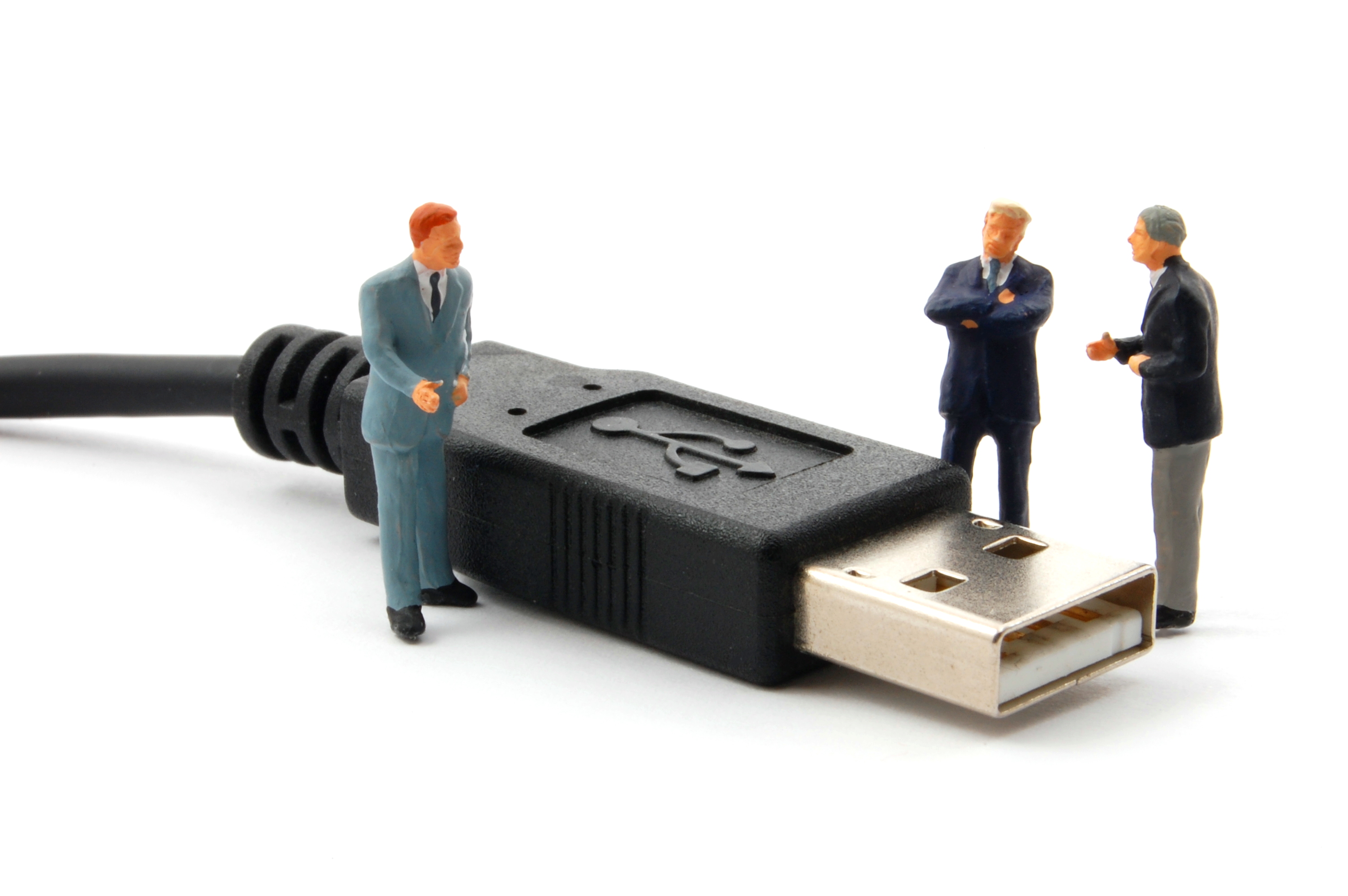Today, let's take a look at the functions of the Type-C interface. The Micro USB ports we used on Android phones in the past have a difference in front and back, which may damage the plugins due to our own carelessness.
Fast charging, a normal Type-C interface can achieve the effect of fast charging. The voltage of the Type-C can reach 20 volts and the current can reach 5 amperes. The Type-C Plug 12PIN connector, of course, we will not forget the "anti human design" of the old USB "no matter how it is inserted". In the new USB Type-C interface, it truly achieves "both front and back can be inserted", and it is not an exaggeration to call it the "double-sided swordsman" in the connector industry. In addition, TE also provides industry design for USB Type-C in some details. For example, the output power of the current can reach 100 watts, and with the appropriate charging head, the function of fast charging can be achieved. Connect the USB drive. Alright, after introducing the advantages of Type-C in the previous text, the author will start to expose the shortcomings. As mentioned earlier, Type-C has a transmission speed of up to 10Gbps and a higher power transmission of up to 100W. The Type-C Plug 12PIN connector also makes electronic devices using its USB Type-C interface more capable of withstanding harsh environments. Later, the slim shape also made the USB Type-C more adaptable to the trend of electronic products becoming thinner and thinner. Compared to traditional USB interfaces, the 24 pin USB Type-C interface provided by TE can reach a height of 3mm and a width of 8mm, reducing the length by nearly half and only one-third to half of the original width.
But this is only something that Type-C that meets the USB 3.1 standard can do.

